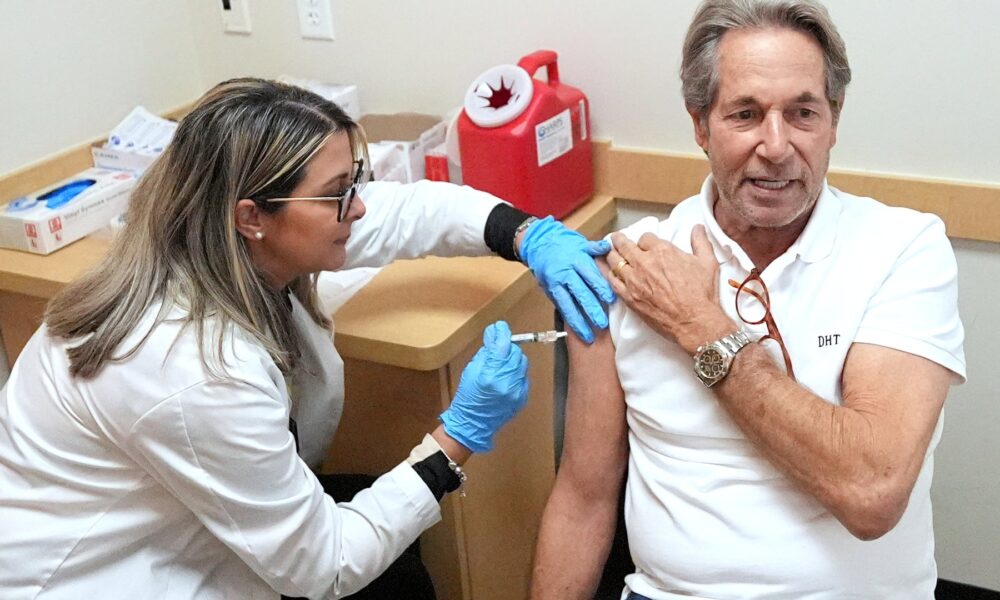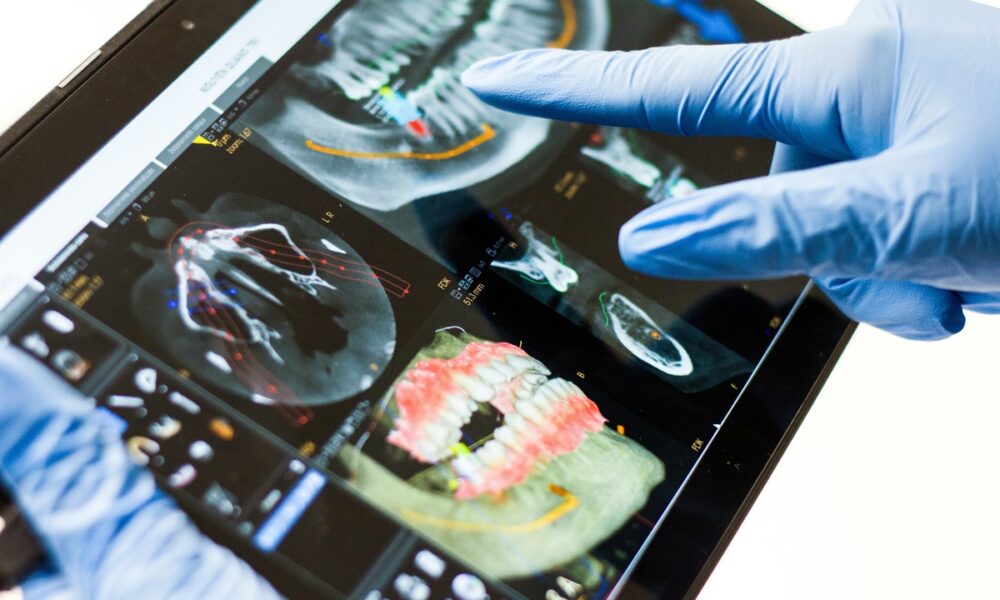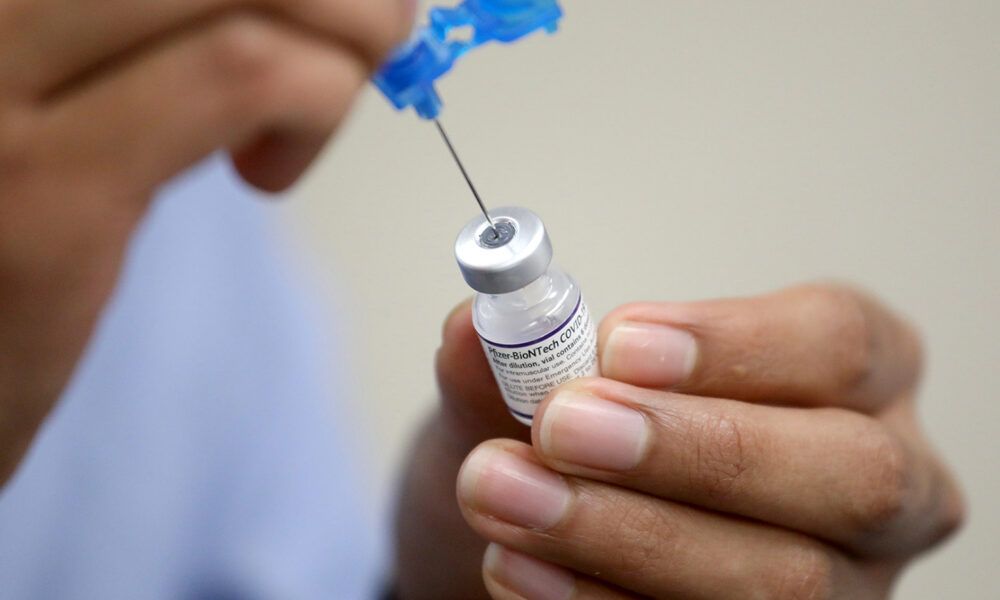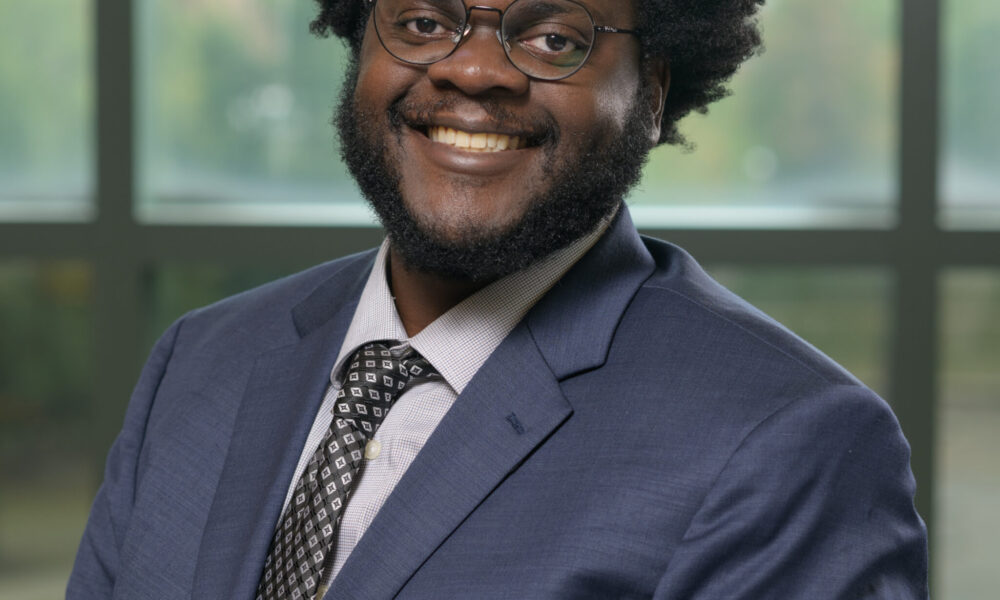Innovative approaches to pain management are emerging in healthcare, with hospitals and clinics increasingly incorporating music therapy into patient care. Recent studies highlight music’s potential to alleviate pain following surgery or during treatment for various illnesses, leading to a surge in the involvement of musicians in medical settings.
Healthcare facilities across the United States are now inviting singers and musicians to perform for patients. This initiative stems from growing evidence that music can not only distract patients from their discomfort but also promote relaxation and healing. According to research published in the journal *Pain Medicine*, music therapy has been shown to significantly reduce pain levels and improve overall patient satisfaction.
Scientific Support for Music in Medicine
The scientific community is taking notice of music’s therapeutic benefits. A study conducted by the University of Utah found that patients who listened to music before and after surgery reported a decrease in pain and anxiety. In fact, nearly 60% of participants noted that music helped them manage their pain more effectively than traditional methods.
Dr. David Levitin, a leading researcher in the field of music and health, explains that music activates multiple areas of the brain, which can lead to enhanced emotional well-being. “Music has a unique ability to engage the brain and body, making it a powerful tool in pain management,” he said.
Many hospitals are now establishing music therapy programs, employing certified music therapists to work alongside physicians and nurses. These professionals tailor musical experiences to individual patient needs, incorporating various genres and styles to suit different preferences.
Real-World Applications and Patient Experiences
Patients have begun sharing their experiences with music therapy, highlighting its impact on their recovery journey. One patient from Johns Hopkins Hospital reported that live music during her post-operative care made a significant difference. “The music helped me feel more at ease. I could forget about the pain for a while,” she stated.
As the effectiveness of music therapy becomes more widely recognized, funding and support for these programs are increasing. Hospitals are allocating budgets to bring in musicians and invest in music technology, such as portable speakers and playlists, to create an optimal healing environment.
The trend is not limited to the United States; healthcare facilities around the world are exploring similar initiatives. In Europe, hospitals in countries like the United Kingdom and Germany have also reported positive outcomes from integrating music into patient care.
As more healthcare providers recognize the potential of music therapy, it is likely that the practice will continue to grow. The integration of music into medical settings represents a shift towards more holistic approaches to health and well-being, offering patients a comforting and enjoyable way to cope with pain.
In conclusion, the collaboration between healthcare professionals and musicians is proving to be a promising avenue for enhancing patient care. With ongoing research and increasing acceptance, music therapy could become a standard practice in hospitals worldwide, providing relief to countless individuals facing pain and recovery challenges.






